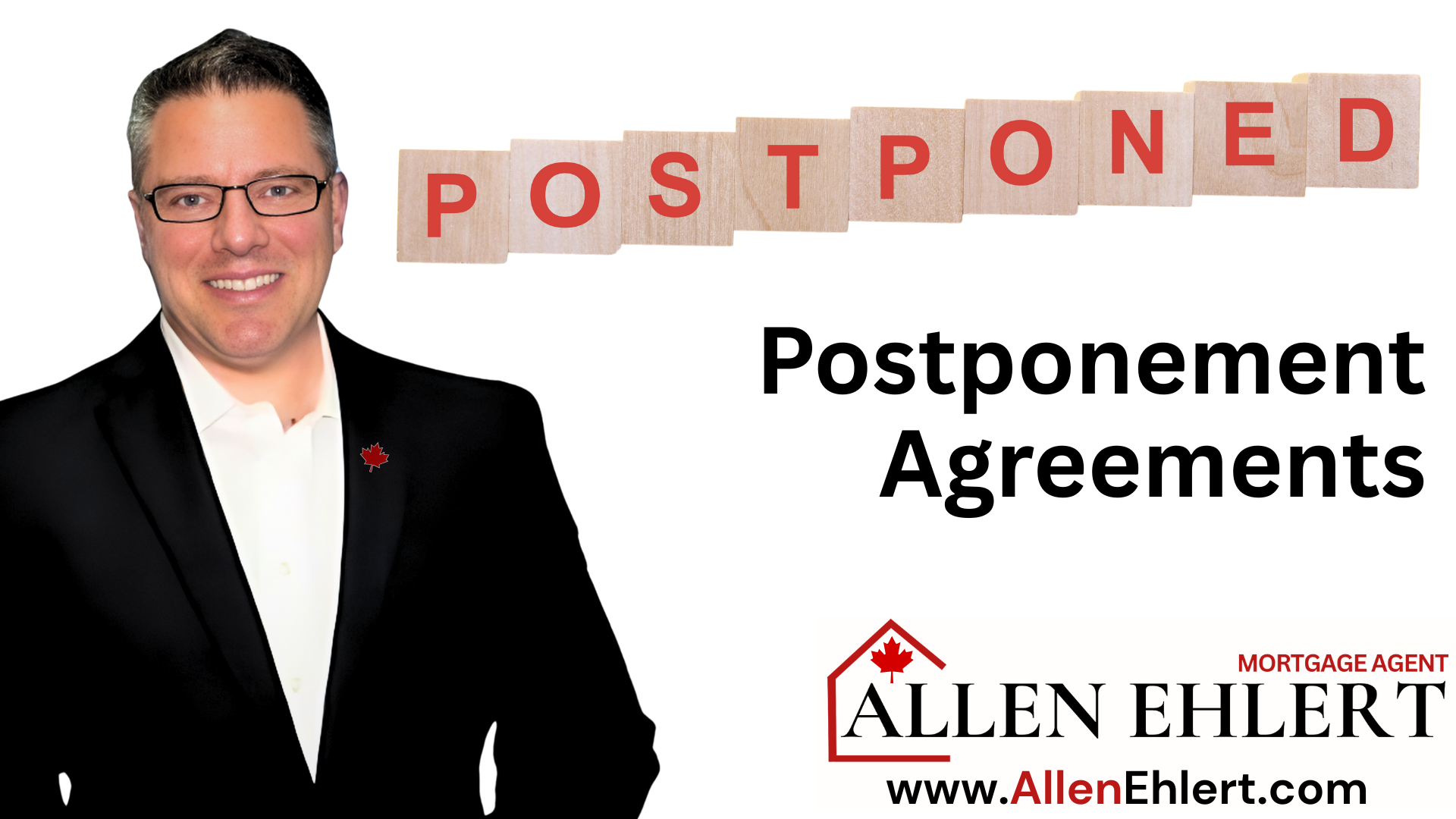Did you know that in 2023, the Canadian Anti-Fraud Centre processed over 63,000 reports of fraud, with total losses amounting to $569 million? This staggering statistic highlights the growing issue of fraud in Canada, particularly in the real estate sector. Mortgage fraud, a significant subset of this problem, involves the deliberate misrepresentation of information to obtain favourable mortgage terms or financing that would otherwise be denied.
In the Canadian context, fraud in real estate often stems from misstated income, employment details, or straw buyer schemes. It’s a serious issue that affects both borrowers and industry professionals, with high rates of occurrence reported by government agencies. Understanding what constitutes fraud in the context of Canada’s financial and housing markets is crucial for protecting yourself and your investments.
Commonly misrepresented information includes income, property details, and employment information. These misrepresentations can lead to severe consequences, including financial loss and legal repercussions. Fraud in real estate is not just a personal issue but also has broader implications for the stability of Canada’s housing market.
Key Takeaways
- Mortgage fraud involves intentional misrepresentation of information to secure better mortgage terms.
- Common examples include misstated income, employment details, and straw buyer schemes.
- Both borrowers and industry professionals can commit fraud in real estate transactions.
- Understanding fraud is essential for navigating Canada’s housing and financial markets.
- Fraud can lead to significant financial losses and legal consequences.
Understanding Mortgage Fraud in Canada
Mortgage Fraud: Warning Signs and Common Scams
How to Prevent Mortgage Fraud: Expert Tips for You
Regulatory Framework and Industry Safeguards in Canada
Understanding Mortgage Fraud in Canada
Mortgage fraud occurs when individuals or professionals misrepresent information to secure better loan terms or approvals. This can involve falsifying income, employment details, or credit history to obtain a loan they wouldn’t qualify for otherwise.
Definition and Implications for Homebuyers
Homebuyers face significant risks when fraudulent applications are processed. Lenders may approve loans based on false information, leading to unfavorable terms or even default. Misrepresented income and credit details can result in financial instability for borrowers.
Key Drivers and Common Misrepresentations
Income misrepresentation and falsified credit information are common tactics. For example, straw buyer schemes involve using a third party to conceal the true borrower’s identity. Industry professionals, such as real estate agents or brokers, may also be involved in fraudulent document submissions.
Accurate financial disclosure is crucial for both borrowers and lenders. Scrutinizing every document ensures the authenticity of the information provided. Understanding these drivers and misrepresentations helps you navigate the loan application process more safely.
Mortgage Fraud: Warning Signs and Common Scams
Recognizing the signs of fraudulent activities in real estate can help you avoid significant financial losses. Fraudulent mortgage applications often exhibit specific red flags, such as discrepancies in payment amounts or inflated property values. Being vigilant and understanding these warning signs is crucial to protect yourself from falling victim to such scams.
Identifying Fraudulent Mortgage Applications
One of the most common indicators of fraudulent activity is a mismatch between the reported and actual property values. Scammers may inflate appraisals to secure larger loans than the property is worth. Additionally, unusually high payment figures that don’t align with the property’s value can signal fraudulent intent. Being cautious of such discrepancies can help you identify potentially fraudulent transactions early on.
Examples of Property Flipping and Straw Buyer Schemes
Property flipping involves purchasing a property, inflating its value through false appraisals, and selling it quickly for a significant profit. This scheme often misdirects mortgage payments and leaves buyers with overvalued properties. Straw buyer schemes, on the other hand, involve using an unsuspecting person’s identity to secure a mortgage, often without their knowledge or consent. These schemes can lead to severe financial consequences for the innocent party involved.
As highlighted in the article, fraudulent transactions often involve rapid resale of properties and inflated appraisals. The Canadian Anti-Fraud Centre emphasizes the importance of reporting suspicious activities early to prevent further financial damage. By understanding these warning signs and being proactive, you can better safeguard yourself against falling victim to such scams.
How to Prevent Mortgage Fraud: Expert Tips for You
Protecting yourself from fraudulent activities in real estate requires proactive measures and a thorough understanding of the lending process. By taking the right steps, you can significantly reduce the risk of falling victim to fraud.
Safeguarding Your Loan Application
To secure your loan application, start by verifying every document. This includes loan details, insurance policies, and any other financial information. Ensuring accuracy helps prevent misinformation that could lead to fraud.
- Verify Documentation: Cross-check all details, such as income statements and property values, before submission.
- Seek Independent Advice: Consult with legal or financial experts to ensure everything is legitimate and transparent.
- Safeguard Sensitive Information: Be cautious with personal data and ensure all transactions are through trusted sources.
Timely communication with professionals is crucial. Regular updates can help identify discrepancies early. Asking the right questions during the application process can uncover potential issues before they escalate.
“Verification is the cornerstone of a secure loan application. Ensure all documents are authentic and consistent across the board.”
Establishing trusted business relationships and using secure services can further protect your interests. By following these steps, you can navigate the lending process safely and confidently.
Regulatory Framework and Industry Safeguards in Canada
Canada has established a robust regulatory framework to combat fraudulent activities in the housing market. This framework ensures transparency and accountability, protecting both lenders and homebuyers from potential risks.
Government Legislation and Licensing Requirements
The Canadian government has introduced several legislative measures to curb fraudulent practices. The Homeowner Protection Act 2024 is a key piece of legislation that strengthens oversight in the housing market. Additionally, mortgage brokers and agents must meet strict licensing requirements to operate legally in Canada.
| Regulatory Body | Role | Key Responsibilities |
|---|---|---|
| FINTRAC | Financial Intelligence | Monitoring suspicious transactions, enforcing AML regulations |
| Canadian Anti-Fraud Centre | Fraud Prevention | Collecting fraud data, educating the public |
| FCAC | Consumer Protection | Ensuring fair lending practices, protecting consumer rights |
Role of Accredited Professionals and Legal Advice
Accredited professionals, including brokers and agents, play a crucial role in ensuring compliance with regulatory standards. They are required to undergo ongoing education and training to stay updated on legal requirements and industry best practices.
- Licensing Requirements: Brokers and agents must obtain and maintain valid licenses to operate.
- Professional Standards: Adherence to ethical guidelines is mandatory to protect consumers.
- Documentation and Audits: Proper documentation and regular audits ensure transparency and compliance.
By understanding these regulatory measures, you can engage with industry professionals confidently, knowing that the system is designed to protect you from becoming a victim of fraudulent activities.
“The regulatory framework in Canada is a cornerstone of trust and transparency in the housing market.”
Stay informed and proactive to navigate the complexities of the housing industry safely.
Conclusion
As you navigate the complex landscape of real estate transactions in Canada, it’s crucial to remain vigilant against fraudulent activities that could jeopardize your financial security. Mortgage fraud, as discussed, involves the deliberate misrepresentation of information to secure favorable loan terms, affecting both borrowers and lenders alike.
Key warning signs include discrepancies in property values and unusual payment figures. By understanding these red flags, you can identify and avoid fraudulent practices early on. Safeguarding your loan application is essential, and seeking advice from reputable professionals can further protect your interests.
Canada’s robust regulatory framework plays a vital role in maintaining transparency and security within the housing market. Accredited professionals and legal advisors are crucial in ensuring compliance and protecting consumers. Staying informed and cautious is your best defense against falling victim to such schemes.
Remember, vigilance is key in every transaction. Always review documentation thoroughly and seek professional guidance when necessary. If you suspect any fraudulent activity, report it immediately to the relevant authorities. Your proactive approach can help maintain the integrity of Canada’s real estate market.
FAQ
What is mortgage fraud, and how does it impact homeowners in Canada?
Mortgage fraud involves misrepresenting information on a loan application to secure a mortgage illegally. This can include inflating income, overstating property value, or using straw buyers. It impacts homeowners by undermining the housing market and potentially leading to financial losses for lenders and consumers alike.
How can I identify fraudulent activity in a real estate transaction?
Be cautious of unusually low-priced properties, unsolicited offers, or requests for upfront payments. Verify the seller’s identity and ensure all documents are legitimate. Working with accredited professionals can help you avoid scams.
What steps can I take to protect myself from becoming a victim of fraud?
Always verify the credibility of lenders and brokers. Ensure your loan application is accurate and complete. Avoid sharing sensitive financial information without proper authentication. Regularly monitor your credit report for discrepancies.
What role do regulatory agencies play in preventing fraudulent mortgage activities?
Agencies like the Financial Consumer Agency of Canada (FCAC) and provincial regulators enforce strict lending standards and licensing requirements. They also provide resources to educate consumers about fraud prevention and reporting suspicious activities.
How can I report suspected fraud in a mortgage transaction?
Contact the Canadian Anti-Fraud Centre or your provincial real estate regulatory body. Provide detailed documentation, including loan applications, property appraisals, and communication records. Your report can help prevent further fraudulent activities.
What are the consequences for individuals or companies involved in mortgage fraud?
Penalties may include criminal charges, fines, and imprisonment. Companies found guilty of fraud can face loss of licensing, legal action, and reputational damage. Victims may also pursue civil lawsuits for financial restitution.
How can I ensure my loan application is secure and free from fraud?
Work with licensed professionals, such as accredited mortgage brokers or real estate agents. Keep copies of all documents and communications. Be wary of any requests for unnecessary payments or information during the process.
What should I do if I suspect I’ve been targeted by a mortgage scam?
Immediately contact your lender and local authorities. Freeze any transactions and seek legal advice. Reporting the incident promptly can help minimize potential damage and assist in recovering losses.












